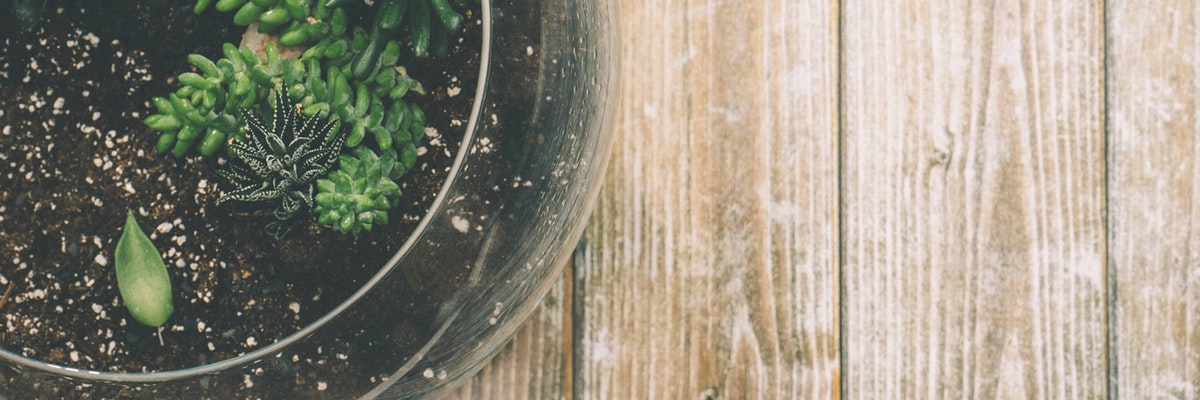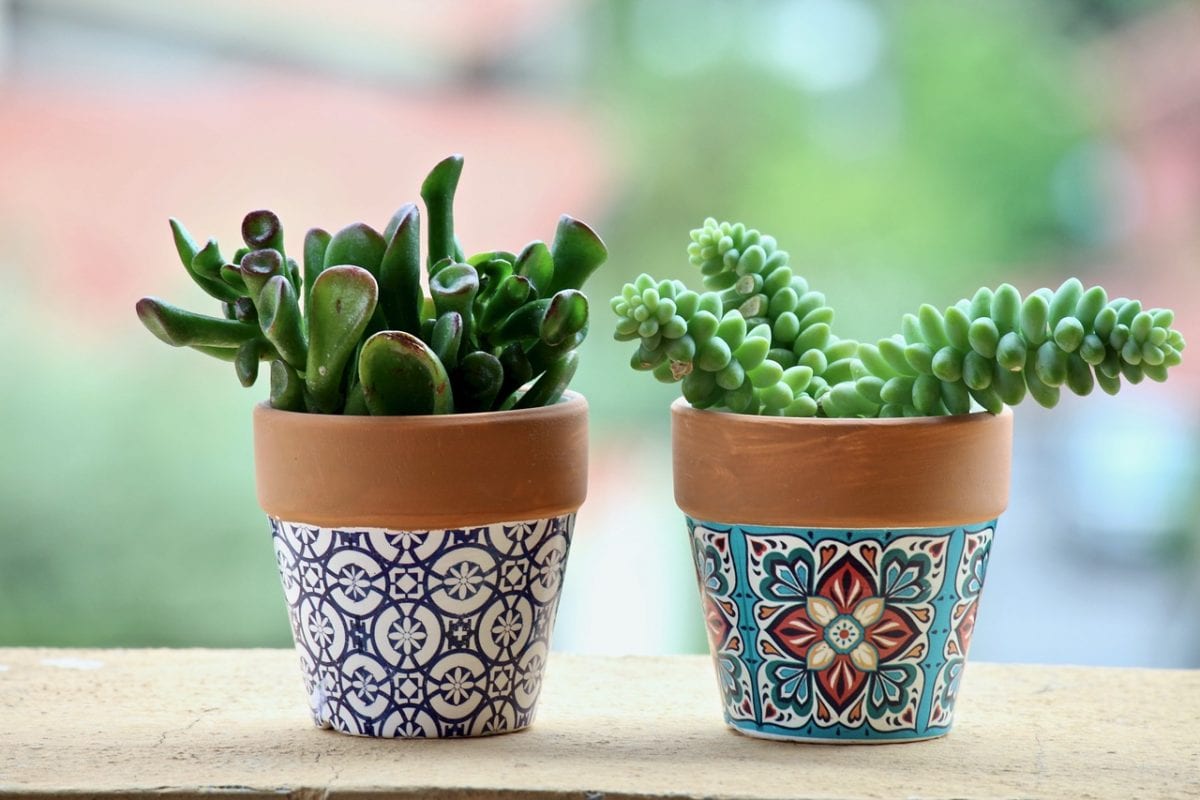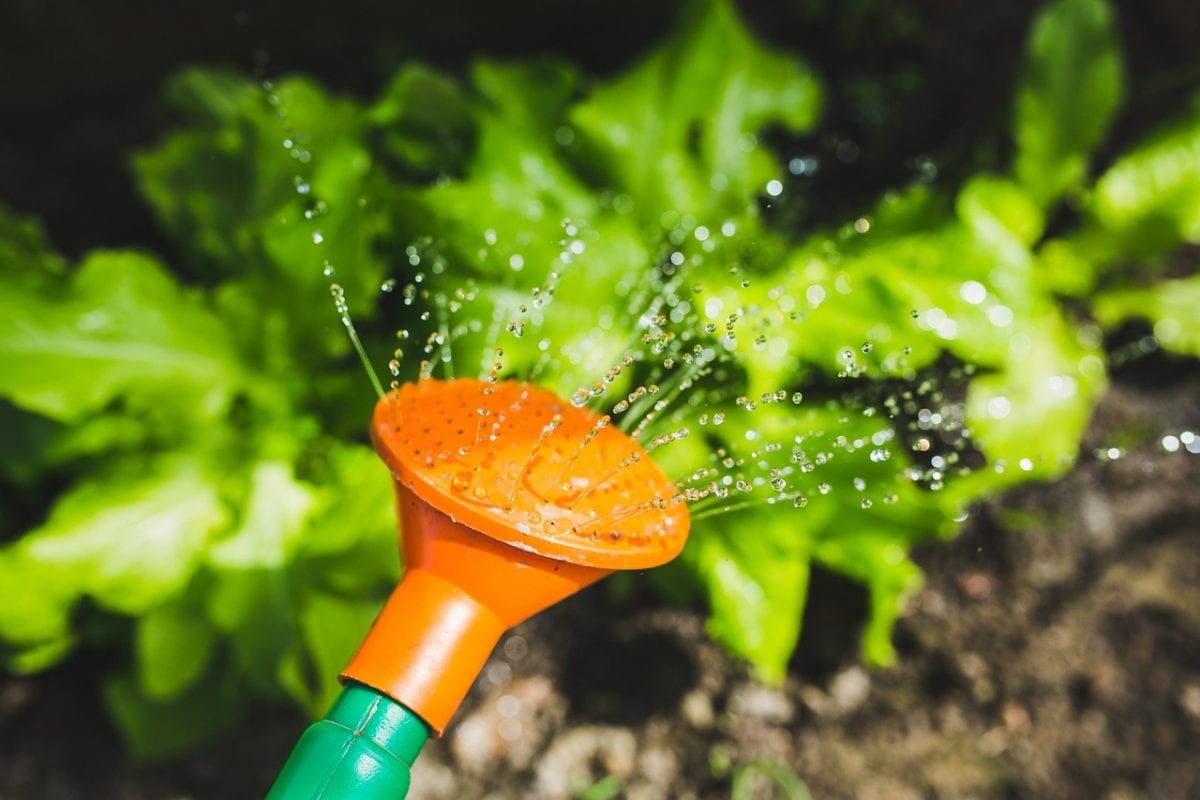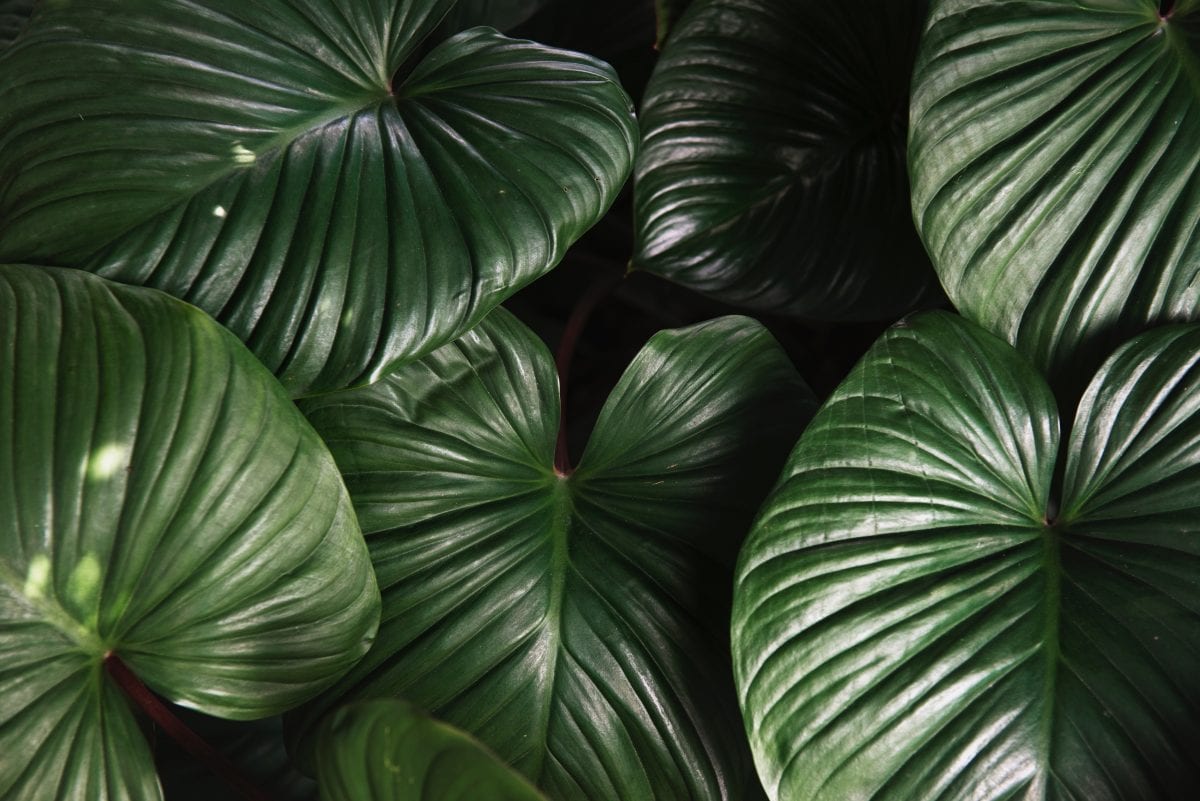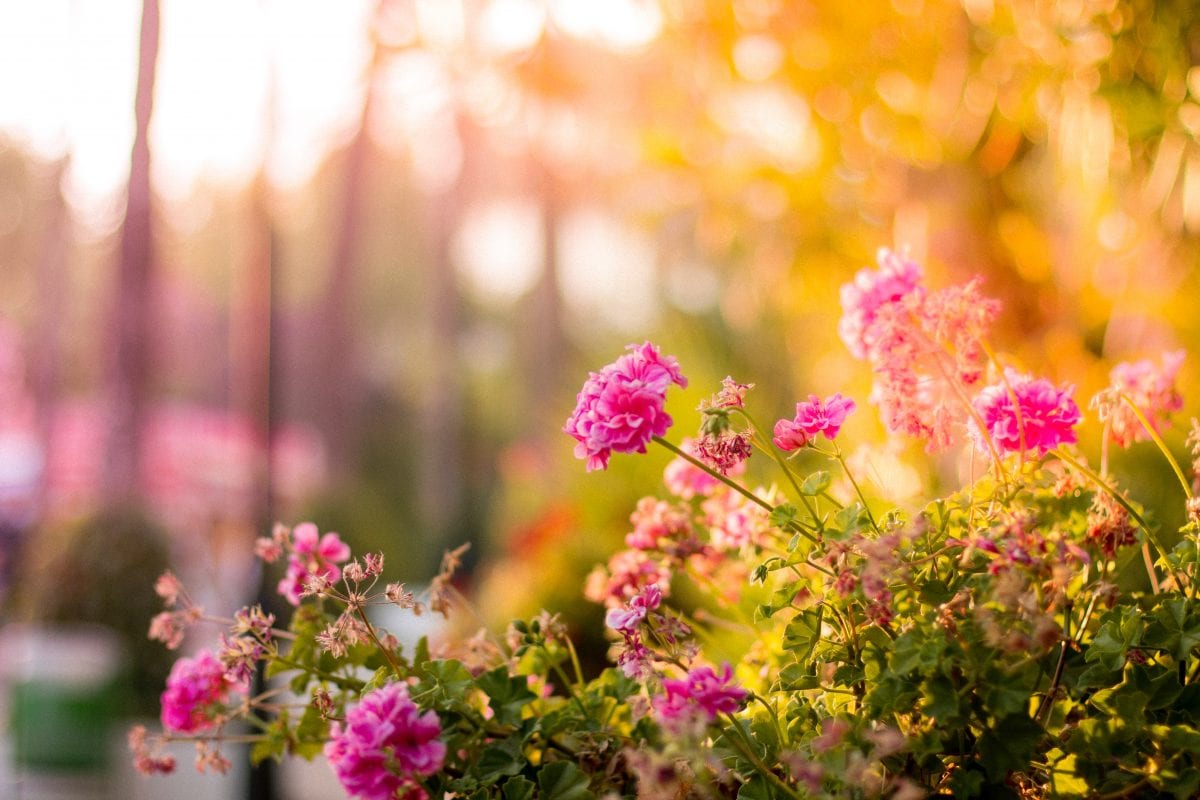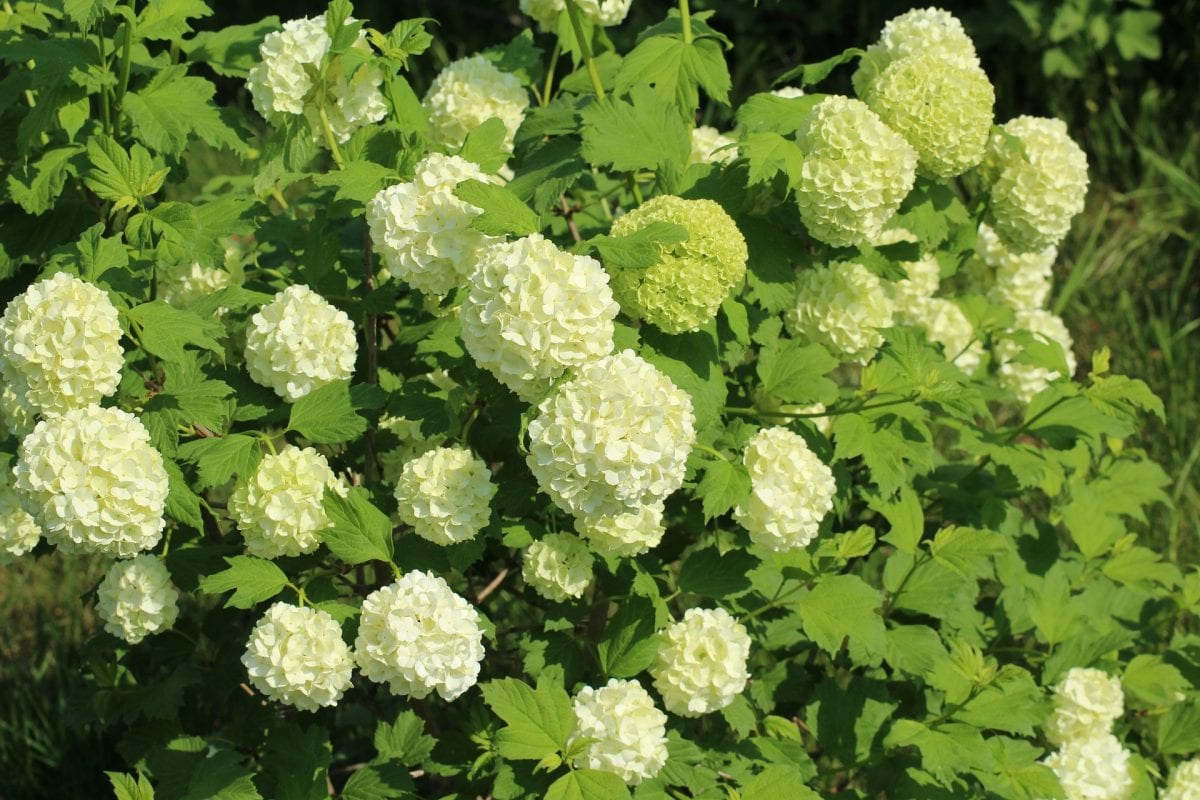Houseplants are the way forward for those of us with limited garden space. Not only do indoor plants purify the air in your home, they also beat the blues and have many other benefits.
If you don’t have time for too much maintenance, you may just need a terrarium or two in your life.
Terrariums are an easy way to create instant botanical vibes in your home, and you don’t need extensive gardening skills to put one together. In fact, the whole DIY process for terrariums is easy and enjoyable.
First things first, what is a terrarium?
Essentially, a pretty ‘mini garden’ that’s super easy to care for. A terrarium is a set of small plants growing in a contained environment. Containers are transparent and usually just have an opening big enough to let you plant inside. And the best part? Each terrarium you make is completely unique.
And above all that let’s face it, they’re adorable.
Want to learn how to make the perfect terrarium? Here’s what you need to get started:
- A glass container to create your terrarium in. Don’t be afraid to get creative with your choices, as long as the opening is wide enough to let you plant inside.
- Stones or pebbles as the base layer to provide water drainage.
- Activated charcoal to keep water fresh and to fight off any bacteria.
- Soil. Any type should do unless you’re opting for a plant with specific soil needs.
- Your plant of choice. Popular terrarium plants include air plants and succulents.
- Any tools you may need to put it together, such as a spoon or gloves. Although it’s easy to put a small terrarium together using just your hands.
Start by picking a glass container of your choice (head to your local charity shop if you don’t have one at home) and follow the steps below:
1. Cover the bottom of your container with small stones or pebbles. Keep this base layer about 1.5 inches thick.
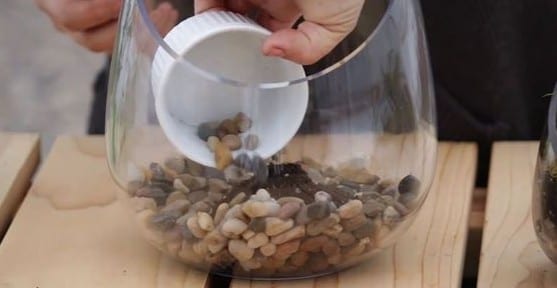
Source: Pinterest – contemporist. com
2. Put down a thin layer of activated charcoal, which helps keep the soil fresh. This is especially important if you’re opting for a closed container.
3. Add a layer of soil. Keep this layer between 2-3 inches deep. Pay attention to the edges as that’s what will be seen outside.
4. Create a hole in the soil and start adding your plants of choice, working your way from the largest to smallest. Prune before re-potting.
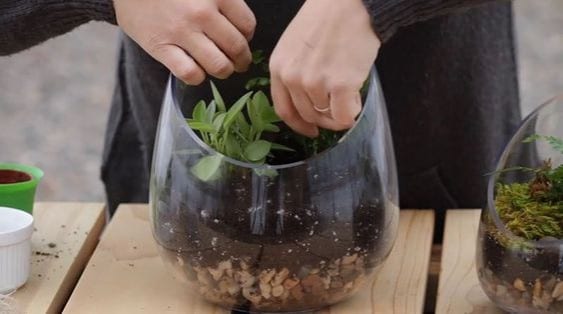
Source: Pinterest – contemporist. com
5. Add another layer of stones/pebbles and any decorative items, and voila! Your own little mini indoor garden.

Source: Pinterest – contemporist. com
Terrarium tips
- A terrarium will survive just fine with a spritz of water once a week.
- When deciding between open and closed terrariums, consider the needs of the plant you’d like to grow. If it’s more of a sun-lover, an open container works better. Plants that thrive in humidity would be better placed in a closed jar.
- Avoid placing in hot areas or rooms with direct sunlight – terrariums are basically mini greenhouses so any direct heat could scorch the plants inside. They grow best in indirect light.
- Remote any wilting or rotting plants as soon you spot them to allow the rest of the plants to thrive.
- Use unusual containers such as transparent teacups and glass lighting fixtures to create a quirky terrarium.
- Get creative with landscaping – you can use anything from figurines and gnomes to cake toppers.
- There are no rules with terrarium design – just play around and have fun with it!
Terrarium inspiration
Use glass Christmas ornaments to create hanging terrariums
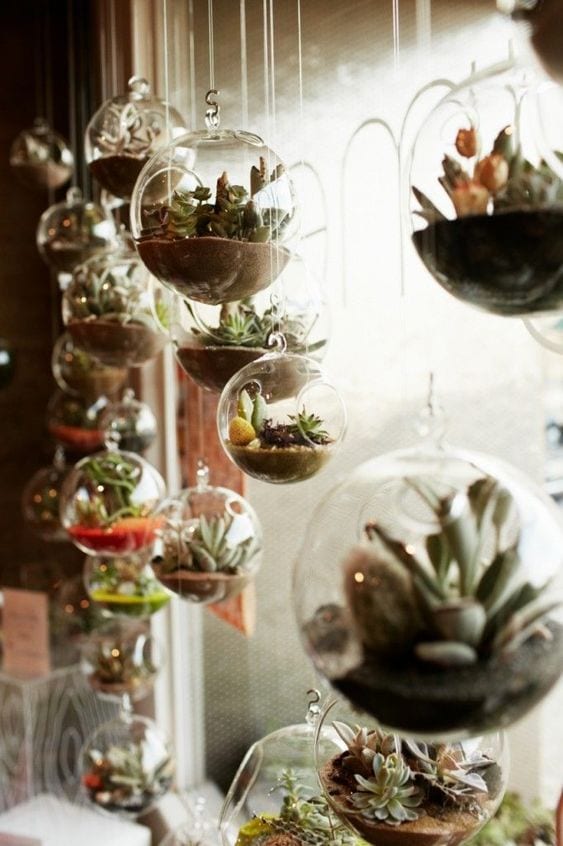
Source: Pinterest – brit. co
Got any old mason jars lying about?
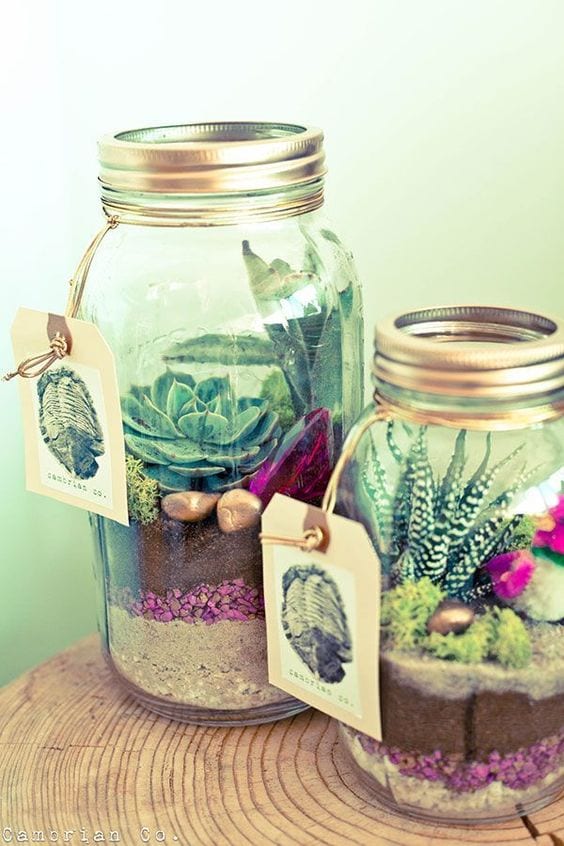
Source: Pinterest – clarkhoward.com
Group an assortment of terrariums together for a seriously impressive indoor garden.
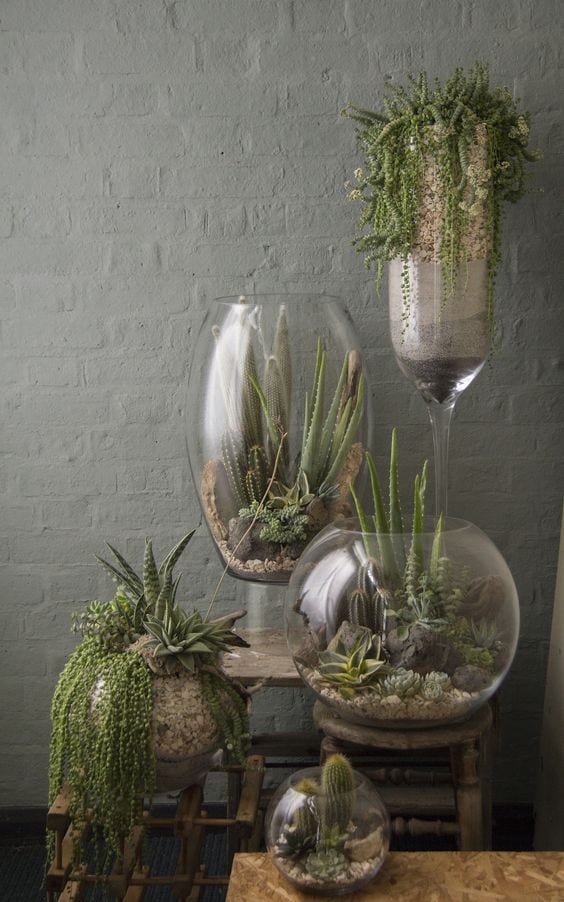
Source: Pinterest – flickr.com


